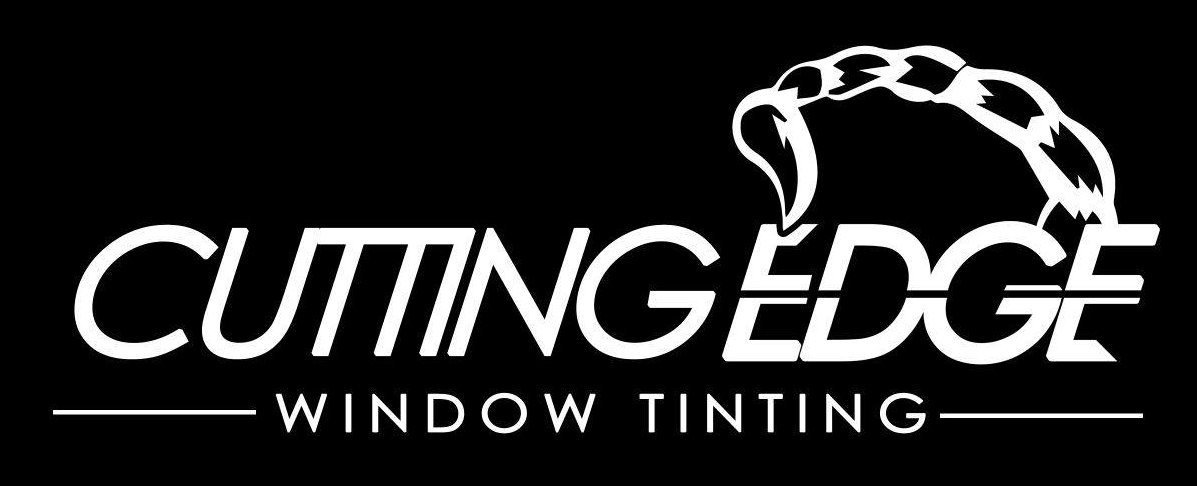What is the Legal Limit For Window Tint?
In California the legal window tint limit is 70% luminous transmittance. This percentage is a good base to start from because it allows tints to appear more natural, however it's not always the rules in other states. Some states have stricter laws than others, while certain states do not permit window tints in any way. If you reside in one of these states, keep reading to find out more.
South Carolina
The South Carolina window tint regulations do not permit the use of any film with greater than 20 percent. However, the legally-enforceable window tint is slightly higher for vehicles that have greater tint than this. Unlike other states, South Carolina allows the use of up to twenty percent of tint on the rear windows of MPVs. The dark film is able to be used on any window and the front, with the exception of. It is also illegal to use tint that is brighter than a normal window, regardless of the manufacturer's recommendations.
The darkest window tint permitted in South Carolina is 27%. In addition to the front and side windows can be tinted along with the top three inches of the windshield. This film could provide UV protection, glare reduction, and privacy advantages. The tint may be non-reflective however, it can't be dark enough to block visible light from entering the vehicle. According to the Newberry Observer, Prosperity, SC law enforcement officers have stopped Prosperity residents due to windows with dark tints.
New York
The New York legal limit for window tints varies based on the kind of vehicle it is used on and the amount of light it is able to block. Passenger cars must adhere to a minimum of 70. Multipurpose vehicles (also known as passenger cars) have to meet stricter standards. They must have a lower power of motive over ten horses as well as a truck chassis, bus chassis, special features that permit occasional off-road operations and additional characteristics. In addition, these vehicles cannot have more than 70% of the window area that is covered with film.
Window tinting is legal in all states, with the exception of New York. For specific guidelines, you should consult the state's DMV site. Using the proper tint will help you avoid getting tickets or getting punished. If you decide to tint your windows you'll also be able to enjoy less reflection and more privacy. If you keep within the limit, however you won't have anything to be concerned about. These laws don't apply to commercial structures. It's a good idea to consult the local DMV to get clarification.
Virginia
You should be aware of the Virginia lawful limits on window tinting. There are guidelines and restrictions that are applicable to every state. It is possible to stay clear of trouble if you know the rules. If you're unsure, you can visit the Virginia Department of Motor Vehicles. You can utilize their online tools to figure out the limits and what you're allowed and not to do.
The window tint laws in Virginia are quite strict. You could be arrested for tinting your windows in Virginia. It is an offense of class 3 misdemeanor. Window tints must be removed in addition to paying fines. Repeat offenders could face jail time. Fines begin at $96. But, you can save yourself the cost of these penalties by providing evidence that you have removed or remedied your vehicle.
Georgia
The regulations for window tinting differ from state to state. In Georgia, tinting must be at a certain amount to prevent glare, but not too high that it blocks the view of drivers coming up. In addition, Georgian tint laws do not specify a specific level of tint for side mirrors. People often ask what tint is legal in Georgia and what are the legal limits. Here's what you need to know.
Georgia law requires that tints for front and rear windows must not be less than 32% VLT. For windows in the rear the tint can be tinted at 32% VLT or greater, but they cannot be darkened any further. It is possible to tint your windshield not less than 6 inches, but you are unable to tint your side windows any lower. It is necessary to select a tint that lets in more light than 32 percent VLT.
Missouri
There are different shades of darkness in the tint for the different windows of your car. For example the front windshield of your car cannot be tinted whatsoever, whereas your rear and passenger side windows are able to be tinted, but not more than 35 percent. But, the tinting on the back and passenger side windows must not exceed 20. It is not legal to tint your rear or front windows with more that 35 percent of the area.
Window tint can be used inside your vehicle to provide the privacy you desire and reduce heat. Missouri law states that the front and side windows should reflect at minimum 35%. This means even the tiniest window tint is more effective in reducing glare and heat than a fully-protected window. It is important to know your local laws before tinting your windows.
|
Phone +18474292479
|
|
| Address |
408 Brook St, Elgin, IL 60120
|

